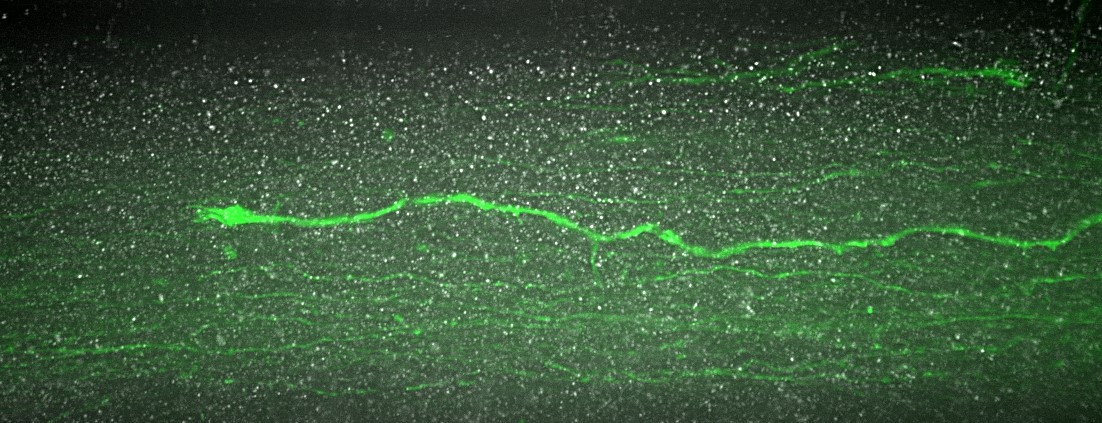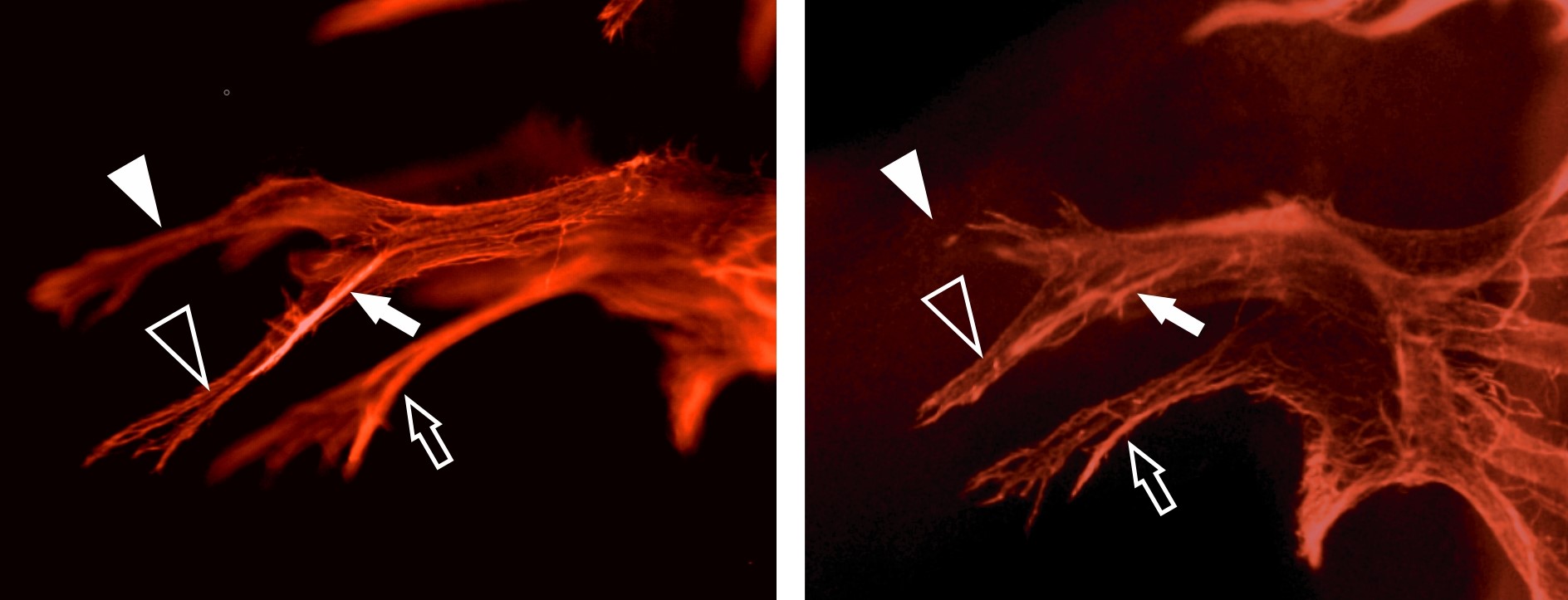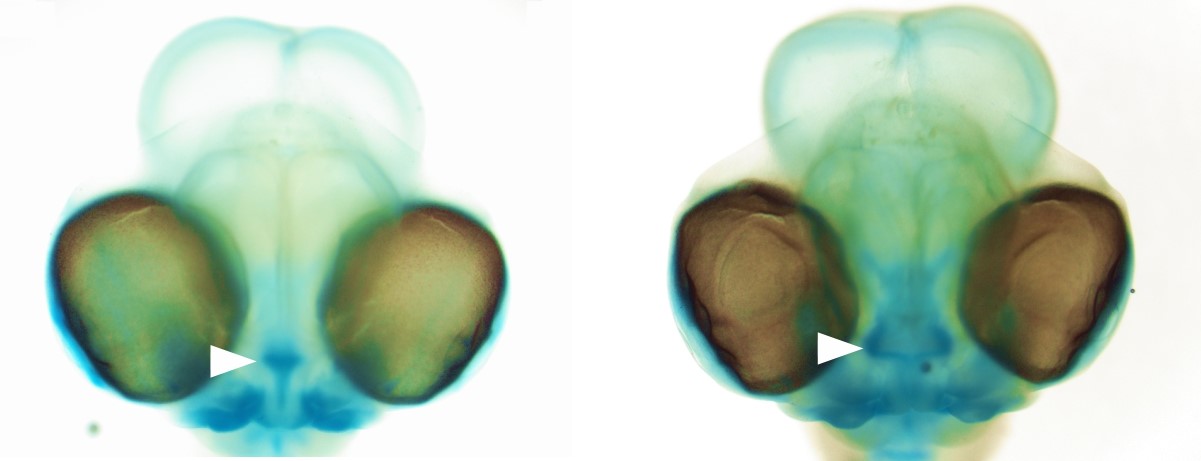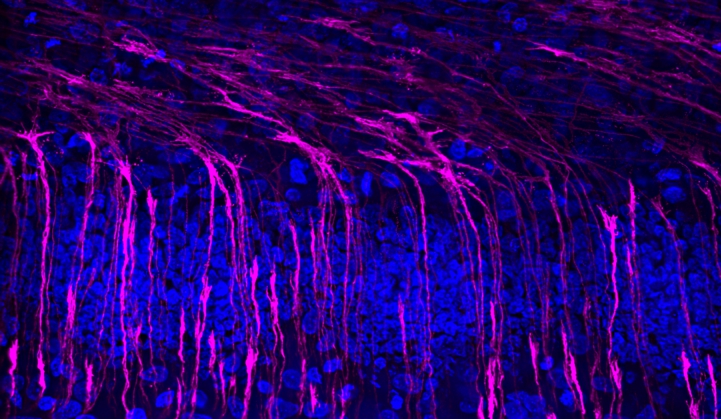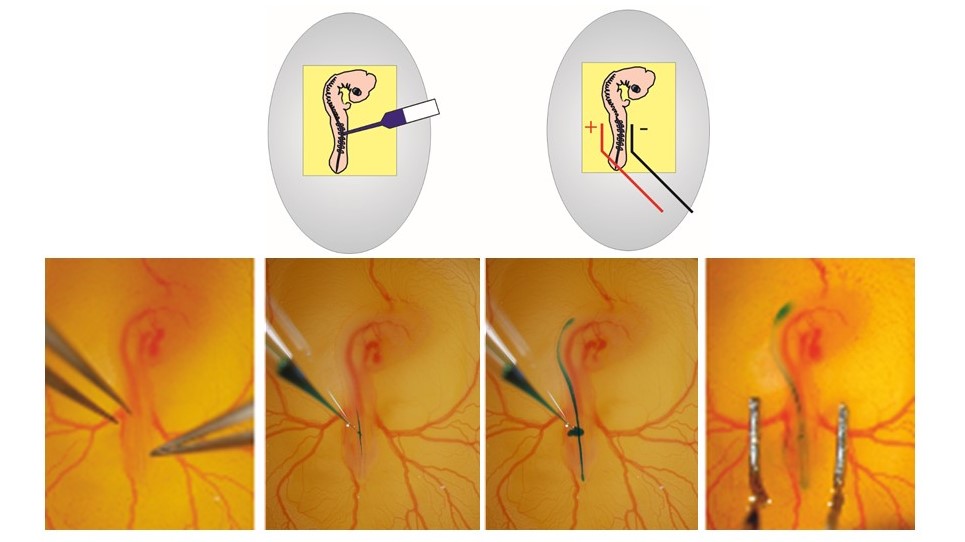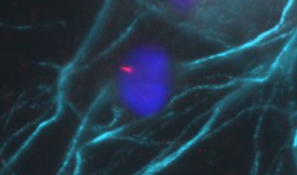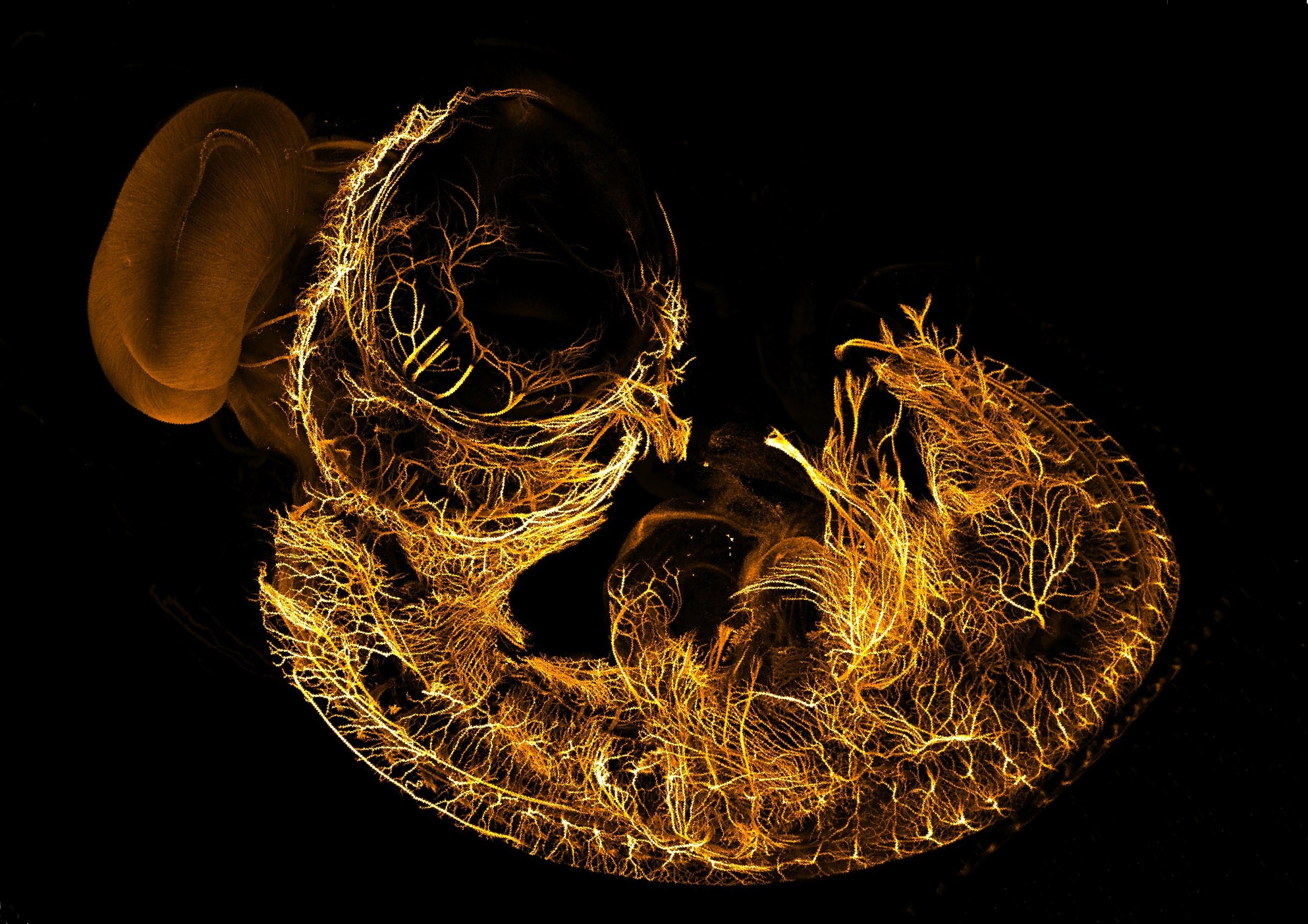Research
Groups of neurons connected among each other and with non-neuronal target cells form neural networks, the basic elements of neural function. Aberrant wiring of neurons hampers or prevents information processing and adequate response to sensory stimuli. Therefore, defective or inefficient neural networks are key contributors to neurological disorders. Most obviously, the loss of network function is seen after injuries. However, defective neuronal circuits can also be the consequence of aberrant development, resulting in neurodevelopmental disorders, such as intellectual disability, autism, or schizophrenia. A better understanding of circuit development is therefore, not only required to understand the basic principles of neural development, but would also contribute to an understanding of the etiology and pathogenesis of a variety of neurological disorders.
Our research focuses on axon guidance as a crucial step in neural circuit formation. We do this from two different perspectives. On the one hand, we explore the fundamental mechanisms that allow axons to navigate intermediate targets on their way to the final target. On the other hand, we start with patient-derived candidate genes and study their contribution to neural development as a means to understand the patient’s symptoms. We use both chicken and mouse embryos as model organisms for nervous system development.
Molecular mechanisms of neural circuit formation
Axons are guided toward their target by molecular guidances cues provided by the environment and recognized by specific receptors on the axon’s tip, the growth cone.
Development of tools to study molecular mechanisms of neural circuit formations
Axon guidance studies require intact tissue and precisely timed perturbations of gene function along with methods to analyze resulting neural circuit perturbations. Light-sheet microscopy (mesoSPIM) and live imaging of navigating axons provide new possibilities.
The primary cilium as a signaling center in neural circuit development
The primary cilium is a tiny, antenna-like structure on neuronal cell bodies that was thought to be required only early in development for cell differentiation and patterning. Our ongoing studies demonstrate a direct effect of the primary cilium in neural circuit formation.
Neurodevelopmental disorders cause a wide variety of symptoms in affected patients. A recurrent feature is intellectual disability and/or autistic traits. Only very few of them are monogenetic in origin. In order to understand the contribution of individual genes to the molecular mechanisms of disease, versatile animal models are required that allow to study gene function in a spatially and temporally controlled manner.
- Molecular mechanisms of neural circuit formation
- Development of tools to study molecular mechanisms of neural circuit formation
- The primary cilium as a signaling center in neural circuit development
- Animal models are required to characterize the contribution of candidate genes to patients’ phenotypes
